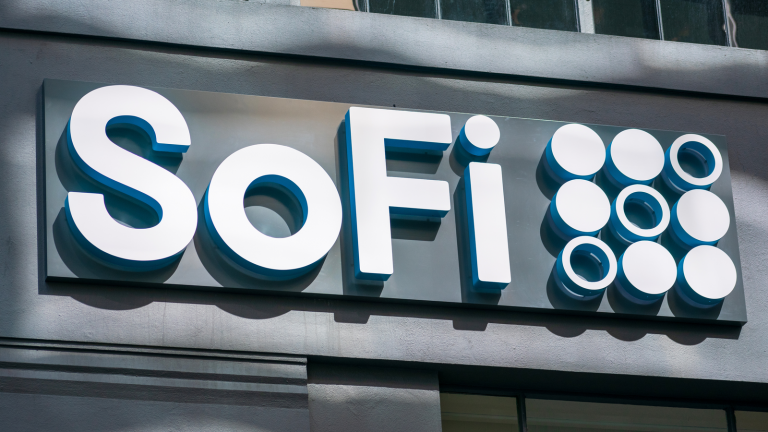Source: Michael Vi / Shutterstock
SoFi (NASDAQ:SOFI) is a leading online platform that provides a range of financial products and services, such as personal loans, mortgages, student loans, investing, banking and insurance. The company main stated goal is to help customers achieve financial independence and wellness by offering low-cost, convenient and transparent financial solutions. SoFi has grown rapidly in recent years, especially as traditional banks have retreated from unsecured personal lending and mortgages. Additionally, SoFi has expanded into new markets, including crypto trading, robo-advising and credit cards.
SoFi’s stock is trading around $8.59, well below where the stock closed on its trading debut in June 2021, but current secular trends prove the company is undervalued and poised for a strong rebound in the coming months. Here are three reasons why I believe SoFi’s stock will hit $16 by the end of Q1’2024.
Deposits increase, bucking souring trend amongst regional U.S. banks

Source: Shutterstock
The banking sector received much attention in the beginning of the year after a series of events shook the industry and the markets. In March, a wave of bond selloffs triggered by rising inflation expectations caused massive losses for banks holding long-term debt securities. In April, several regional banks collapsed due to liquidity problems and credit quality issues, sparking fears of a systemic banking crisis.
While United States regional lenders experienced sluggish or negative growth in deposits in the first half of 2023, SoFi increased deposits (and revenue), bucking the trend amongst U.S. regional lenders. For the second quarter, in particular, SoFi reported interest-bearing deposits sat at around $12.7 billion, up more than 1.7x from last year’s $7.3 billion figure, primarily driven by strong growth in its digital banking product, SoFi Money. SoFi Money offers high-interest rates, no fees and cashback rewards to its customers.
SoFi has successfully taken business from the largest U.S. banks

Source: YummyBuum / Shutterstock
SoFi’s CEO Anthony Noto told to Bloomberg that the lending platform has been taking market share from the U.S.’s largest banks for years. While some large U.S. banks, primarily Citi (NYSE:C), Wells Fargo (NYSE:WFC), and PNC (NYSE:PNC), do still offer unsecured personal loans, many do not. Bank of America and Chase, for example, do not offer their customers personal loans. The pullback from consumer lending amongst big banks probably coincided with banks becoming risk averse after the financial crisis in 2007-’08. Goldman Sachs, which had an ill-fated foray into consumer banking tried to break into the consumer loan business. However, Goldman has been the latest, large financial services company to stop issuing such loans, giving more space for SoFi to grow its lending platform.
The amount of personal loan products SoFi issued grew 37% Y/Y by the end of the second quarter, demonstrating this segment’s ability to grow.
Student debt repayments will create tailwinds for future growth

Source: iQoncept / Shutterstock.com
Student loan repayments are restarting this month, and SoFi is one of the largest providers of student loan refinancing in the U.S., with billions of loans originated since the platform’s inception. SoFi’s student loan business was its most profitable before the COVID-19 pandemic hit. As a result, SoFi’s student loan portfolio had been affected by the federal moratorium on student loan payments and interest accruals, which was extended until September 1, 2023. However, as payments resume, borrowers will likely seek more refinancing options to lower their interest rates and monthly payments. This will create a huge opportunity for SoFi to grow its student loan business and generate more revenues and profits in the long run.
On the date of publication, Tyrik Torres did not have (either directly or indirectly) any positions in the securities mentioned in this article. The opinions expressed in this article are those of the writer, subject to the InvestorPlace.com Publishing Guidelines.
Credit: Source link




